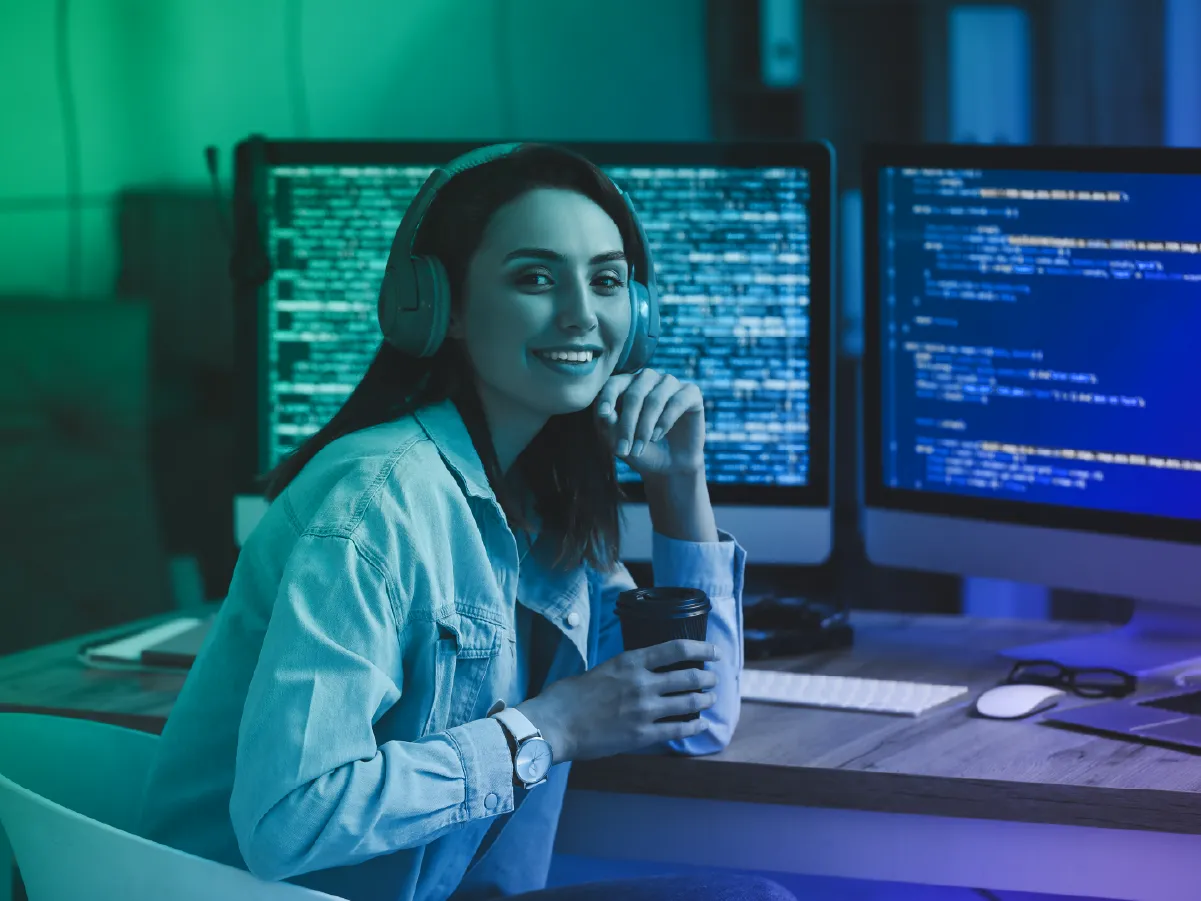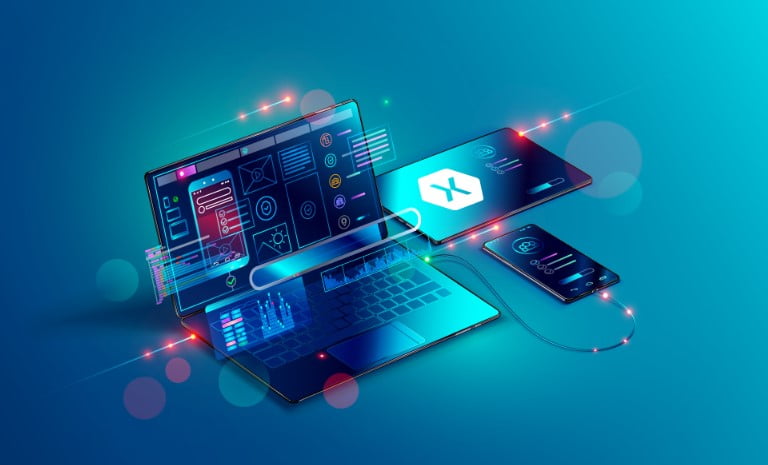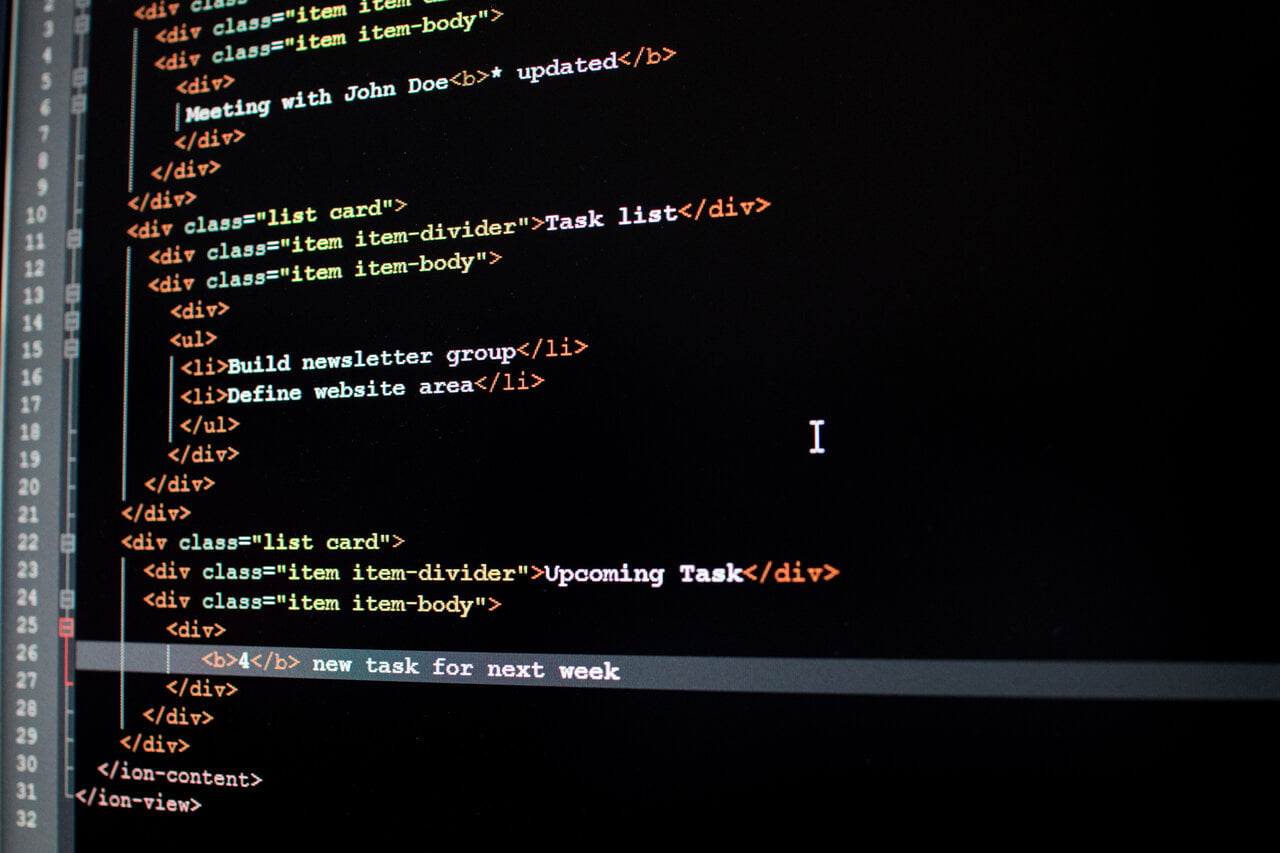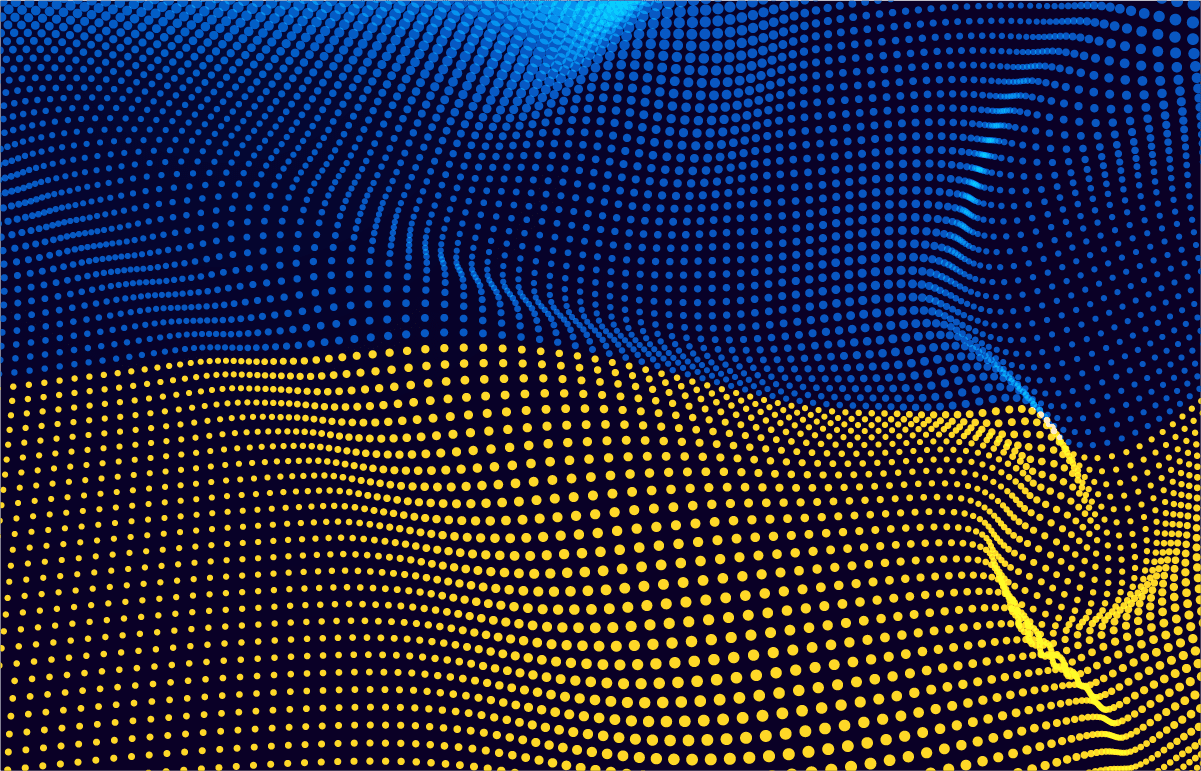As a widely popular programming language, Python has been taking the programming world by storm with its continued growth in popularity year after year. In 2024, it was ranked by PYPL (PopularitY of Programming Language), among other sources, as the most popular programming language.

Python is clearly popular, but popularity is not the same as fit. This guide lists the concrete pros and cons of Python — speed, GIL, memory usage, packaging, and ecosystem — so engineers can evaluate tradeoffs for web, data, and automation projects.
In this article, we'll explore Python pros and cons to help you decide if it's the right language to learn.

The Pros and Cons of Python
Python is a versatile programming language that can be used for a wide range of applications. According to the results of the Python Software Foundation and JetBrains survey of Python users, the most common uses of Python are for data analysis, web development, machine learning, and DevOps. Python can also be used for scientific computing, artificial intelligence, scripting, automation, and more.
Python's easy-to-learn syntax and large collection of libraries make it a popular choice for beginners and experienced developers alike. Its simple yet powerful features enable it to handle complex tasks efficiently, making it a popular language for creating software prototypes, building scalable web applications, and performing data analysis and visualization.
Additionally, Python is widely used in the development of games, mobile applications, desktop applications, and network programming.
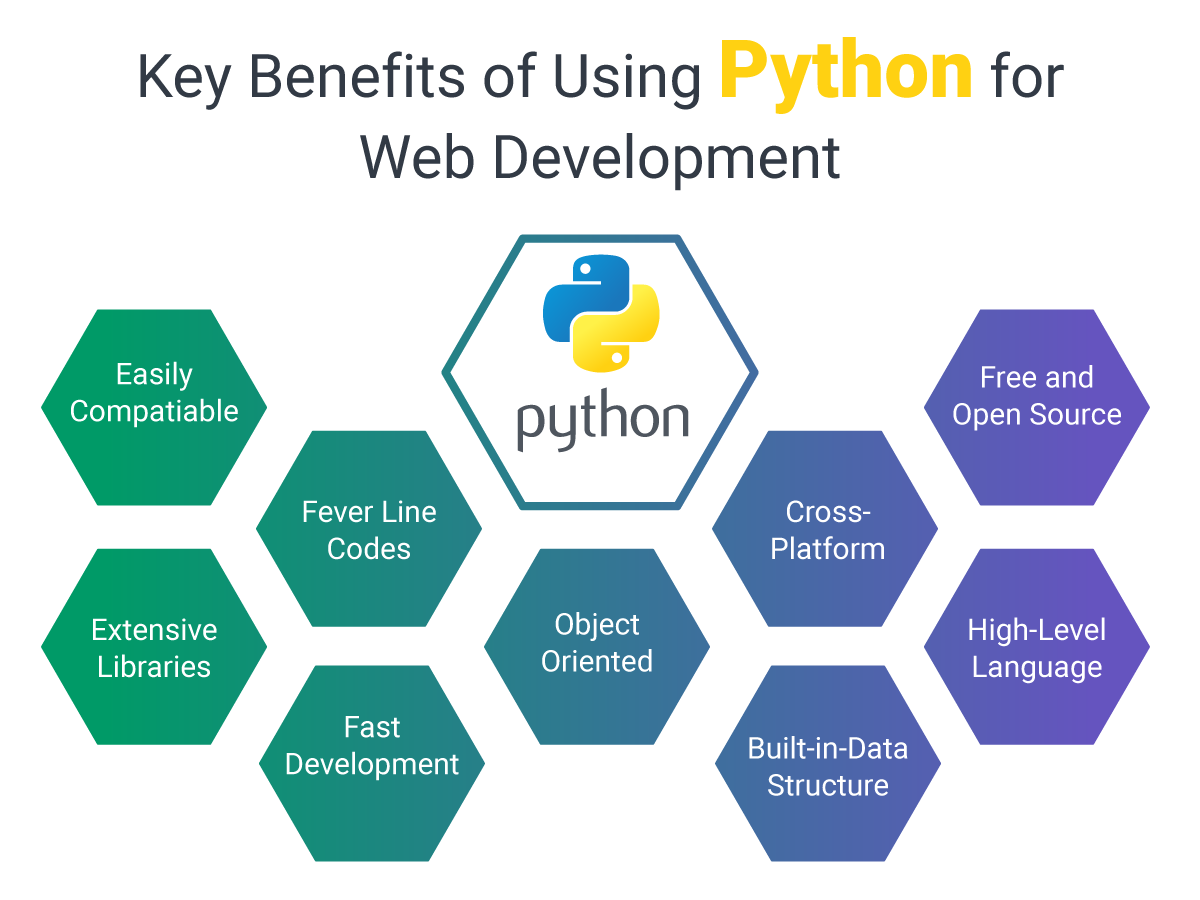
What are the Pros of Python?
Python's ease of use, versatility, and large community of developers make it a great programming language to pick up.
Large Community
As a free and open-source language, Python has a large and active community of developers. This means there are plenty of resources, libraries, and tools available to support its use. Additionally, Python's standard library is extensive, offering a wide range of built-in functions and modules.

It's Versatile, Easy to Use, and Fast to Develop
Python's syntax is designed to be intuitive and easy to learn, making it a great language for beginners. Its clean and readable code helps reduce the time and effort required for software development.
It's also a versatile programming language that can be used for a wide range of applications, from web and mobile app development to data analysis, scientific computing, artificial intelligence, and machine learning.
Volodymyr Miroshnychenko, Python software engineer at Softjourn said:
"The biggest advantage of Python is its relative ease and speed of learning. When compared to other popular languages, the effort and knowledge required to become a decent developer in Python are much lower."
Python Enhances Productivity
Python’s simple, clean syntax makes it easier for beginners to focus on learning core programming concepts rather than getting stuck on complex syntax rules. Since you can achieve more with fewer lines of code, you’ll see results faster, which helps build confidence and understanding.
For new developers, this means you can prototype ideas quickly, practice problem-solving, and get hands-on experience without feeling overwhelmed. The time you spend learning Python often leads to quicker progress compared to other languages with steeper learning curves.
Cross-Platform Compatibility
One of Python’s biggest advantages for learners is its cross-platform support. Whether you’re using Windows, macOS, or Linux, you can install Python and start writing code with minimal setup.
This makes it ideal for students and self-taught developers who want to practice across different environments or collaborate on open-source projects. You can write code once and run it on multiple systems without having to learn entirely different tools or frameworks.
Machine Learning
Its versatility, ease of use, and large community of developers make Python an excellent language for machine learning (ML) applications.
One of the main advantages of Python for ML is the availability of a rich collection of libraries designed specifically for ML. TensorFlow, PyTorch, Keras, and Scikit-Learn are some of the most popular libraries that offer a wide range of tools and functions for building, training, and deploying machine learning models.
Python's simple syntax and ease of use make it an ideal language for beginners to learn machine learning. Software engineer, Volodymyr Miroshnychenko, said that he likes Python's syntax because "It forces you to write readable code and there are a variety of Python enhancement proposal documents that can be used as guidelines for writing code."
Additionally, the language's clear and readable code can help developers build and maintain ML models with greater ease.
Since the language is versatile, developers can use it for various stages of the machine learning pipeline, from data preprocessing and feature engineering to model training and deployment.
Python can easily interface with other programming languages, such as C++ and Java, allowing developers to use Python to build the high-level logic of their machine learning models while relying on other languages to handle lower-level tasks such as data processing or hardware optimization.
With Python's powerful machine learning libraries and intuitive syntax, you can feel confident that complex models can be built and deployed with ease.
Extensive Libraries
The sheer amount of libraries is a major advantages of the language, particularly for machine learning and data science applications. The libraries offer pre-built functions and algorithms that developers can use for their projects, which saves time and effort compared to writing these functions and algorithms from scratch.
Additionally, the libraries are often designed to solve specific problems, such as image recognition or natural language processing, and provide specialized tools that make these tasks easier to accomplish.
Excellent for Data Analysis
Python is an excellent programming language for data analysis, with a range of libraries available for working with data. The most popular of these is Pandas, which offers powerful tools for data manipulation and analysis.
It's Easy to Test
In general, Python is considered to be a language that is easy to test, thanks to a number of features and libraries that support testing and test-driven development (TDD).
For example, the built-in unit test library provides a framework for writing and running tests, while the PyTest library offers a more flexible and powerful testing framework with a range of plugins and features.
Python is a Portable Programming Language
One of the great things about Python for beginners is that it’s highly portable. This means you can write Python code on one operating system — like Windows, macOS, or Linux — and run the same code on another without making changes.
For someone learning to program, this flexibility is helpful because you can practice coding on any device and share your projects with others, regardless of their setup. Many coding tutorials and open-source projects use Python for exactly this reason: it works almost anywhere.
Portability also makes it easier for learners to experiment across environments. You can try building something on your laptop, test it on another operating system, and see how Python behaves in different setups — all without needing to learn new tools or rewrite your code.
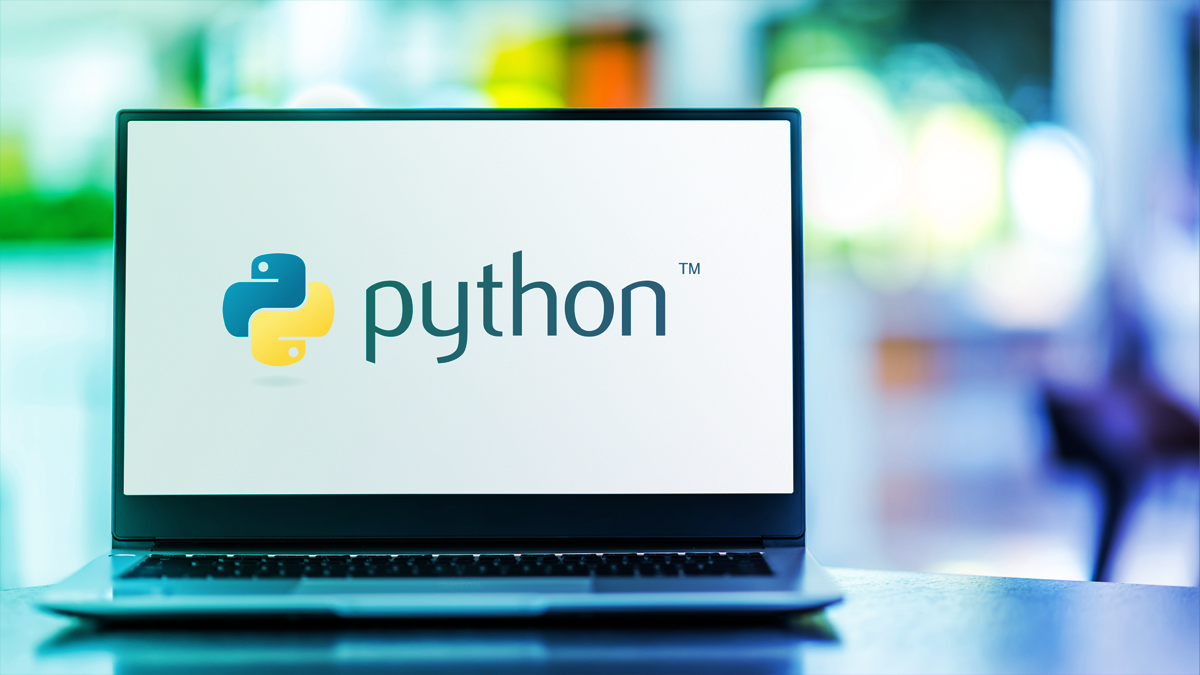
Python is Dynamically Typed
Python is a dynamically typed language, which means you don’t have to declare a variable’s type when you create it. Python figures out the type for you while the program is running.
For example, in some languages like Java, you must specify if a variable is a string, number, or boolean before using it. In Python, you can simply write:
This flexibility makes Python easier for beginners to learn because you can focus on solving problems rather than managing strict type rules.
| Advantages of Python for Developers |
|---|
| Clean and readable syntax |
| Extensive library ecosystem |
| Vast and supportive developer community |
| Cross-platform compatibility |
| Rapid prototyping and faster iteration |
| Seamless integration with other languages |
| Scalability and performance optimization |
| Versatility in web development |
| Powerful tools for data analysis and ML |
The Cons of Python Programming Language
While Python is a popular and powerful programming language, it may not be the best choice for every use case. Developers should consider the potential disadvantages of Python before choosing it as their programming language of choice, and evaluate whether its strengths outweigh its weaknesses.
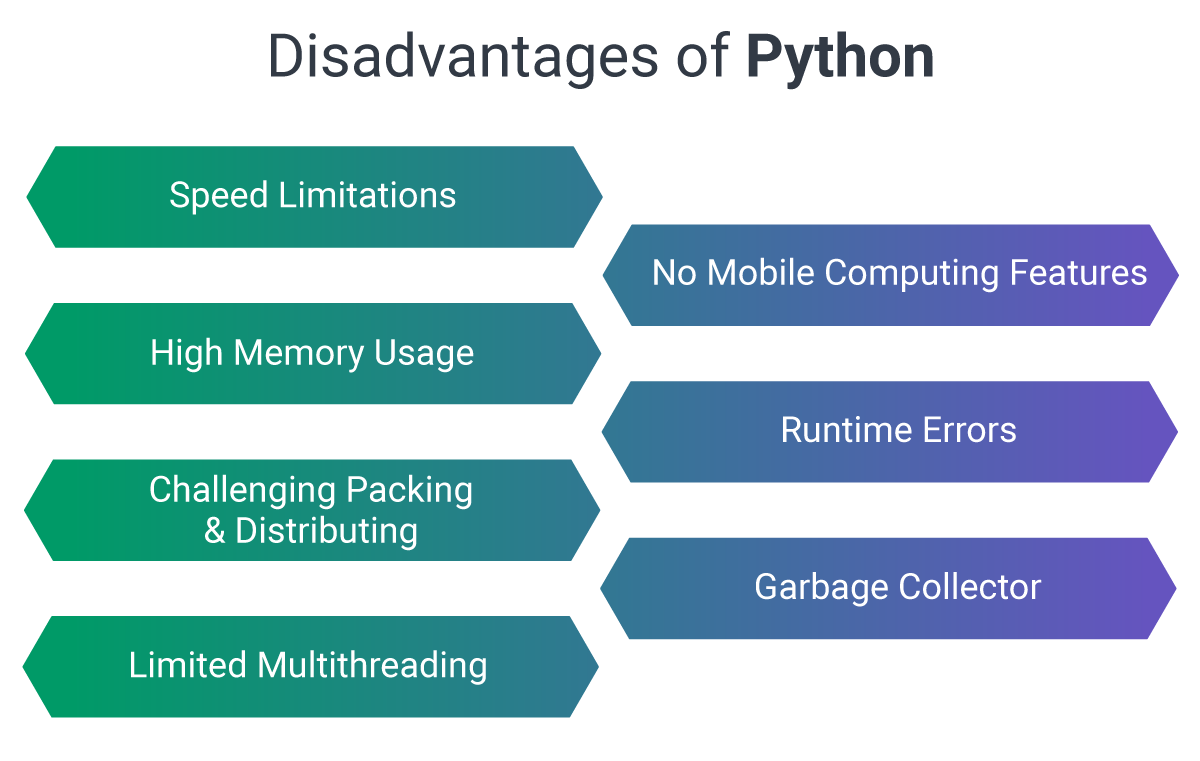
Some of the disadvantages of Python include:
Python has Speed Limitations
Python is an interpreted language, which means that it can be slower than compiled languages like C or Java. This can be a problem for certain types of applications that require high performance, such as real-time systems or heavy computation.
"From the performance perspective, Python is horrible, as it is very slow." said Softjourn's Python software engineer, Volodymyr Miroshnychenko. This may not be a total deal breaker though, as Miroshnychenko mentions, "Keep in mind that all the libraries for ML and data analysis are fast and can be used in Python (since they are written in C)."
Python is Not Designed for Building Mobile Applications
ython isn’t a native language for mobile app development, which means it isn’t specifically optimized for building mobile apps. While you can use Python for mobile projects, it’s not the first choice for most developers.
For apps that require high performance, like games or graphics-intensive applications, compiled languages such as Java or Kotlin (for Android) and Swift (for iOS) are usually better suited.
There are frameworks that allow Python-based mobile development — like Kivy, BeeWare, and PySide — but these ecosystems are smaller and have fewer community resources compared to native mobile frameworks. As a result, developers may face additional setup, integration work, and limitations when using Python for mobile projects.
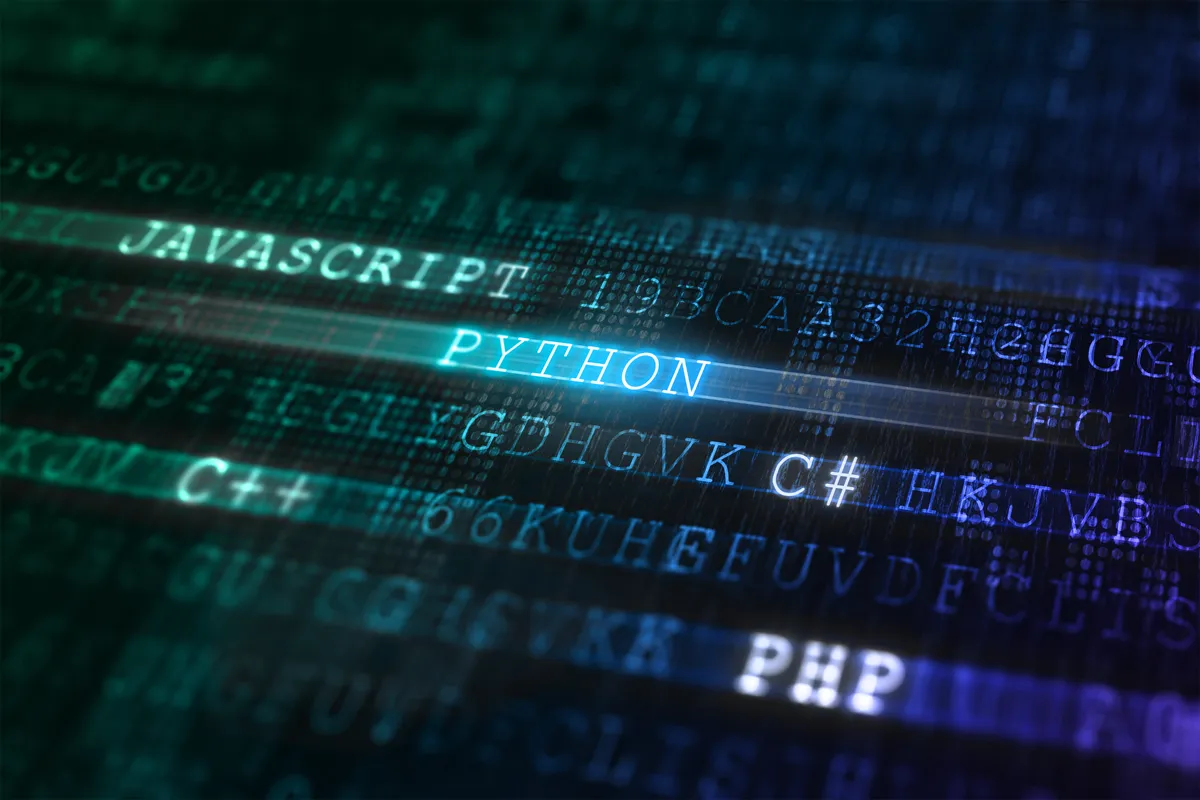
Python Consumes a lot of Memory Space
Python uses more memory than some other languages because of its dynamic typing and garbage collection. In most small to medium-sized projects, this isn’t a big issue, but it can become noticeable when working with large datasets, memory-intensive computations, or resource-constrained environments like IoT devices.
If performance and memory usage are critical, developers often optimize by:
-
Using NumPy and other C-based libraries for heavy computations.
-
Profiling memory with tools like tracemalloc or memory_profiler.
-
Choosing alternative implementations like PyPy for better memory efficiency.
Python can Have Runtime Errors
Python’s dynamic typing makes it easier to write code quickly, but it also means some errors only appear at runtime rather than during compilation. For example:
This flexibility can lead to type mismatches and unexpected exceptions if you’re not careful. To reduce these issues, developers often use:
-
Type hints (introduced in Python 3.5+)
-
Static analysis tools like mypy
-
Unit testing frameworks such as pytest to catch errors early
Packaging and Distribution
While Python has a huge ecosystem, packaging and distributing applications can be more complex than in some other languages. Different environments, versions, and dependency managers can make it tricky to ensure your app runs everywhere consistently.
Common solutions developers use:
-
pip + requirements.txt → For basic dependency management
-
virtualenv or venv → To isolate project environments
-
pipenv or Poetry → For simplified dependency tracking
-
PyInstaller or cx_Freeze → To create standalone executables
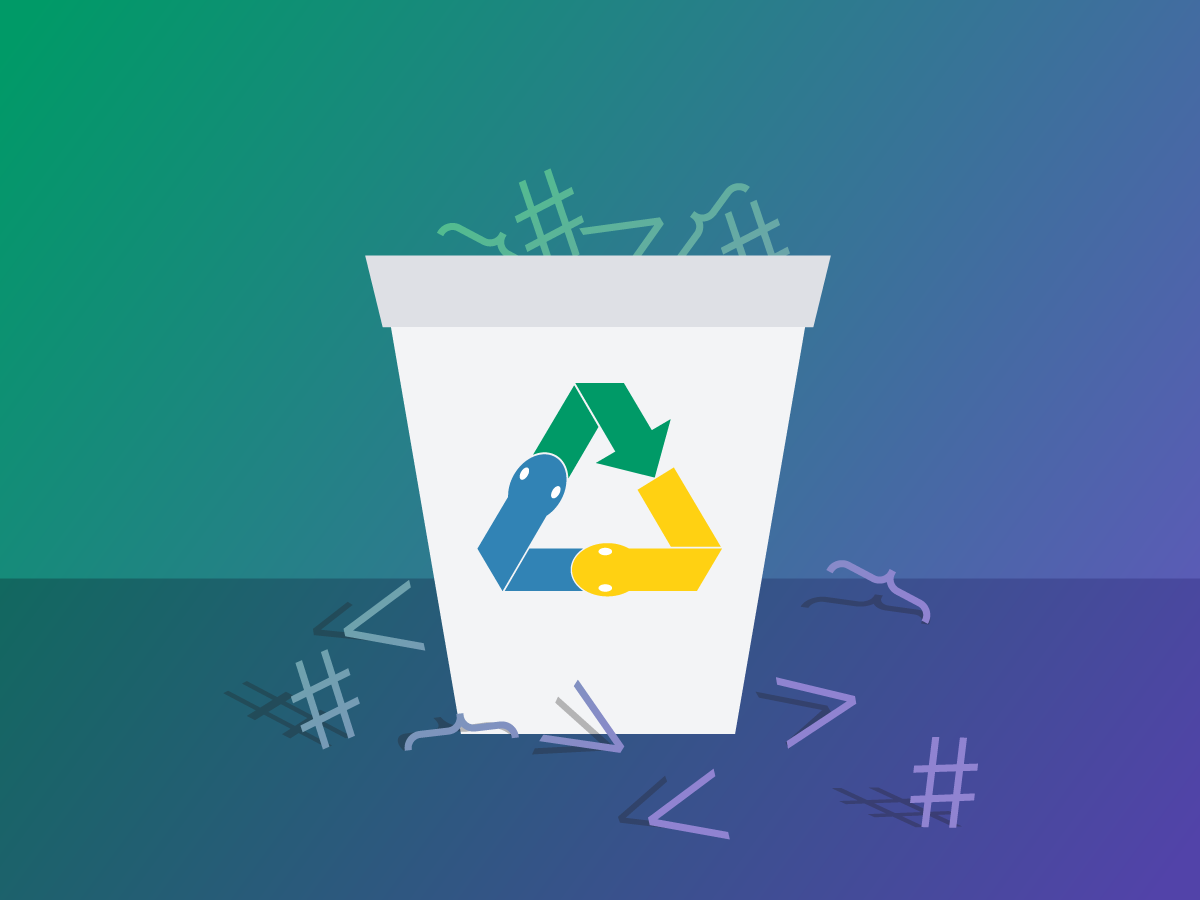
An Advantage and Disadvantage of Python: Garbage Collection
Python uses automatic garbage collection to manage memory. This means you don’t need to manually allocate or free memory — Python does it for you by cleaning up objects that are no longer in use.
For learners, this makes Python easier to work with compared to languages where memory management is manual.
However, garbage collection can sometimes impact performance:
-
It periodically pauses your program to scan for unused objects.
-
It may not immediately release memory, which can lead to memory leaks in long-running applications.
Tip for developers:
-
Use the built-in
gcmodule to monitor and control garbage collection if performance becomes an issue. -
When handling large datasets or streaming data, test memory behavior early to avoid surprises.
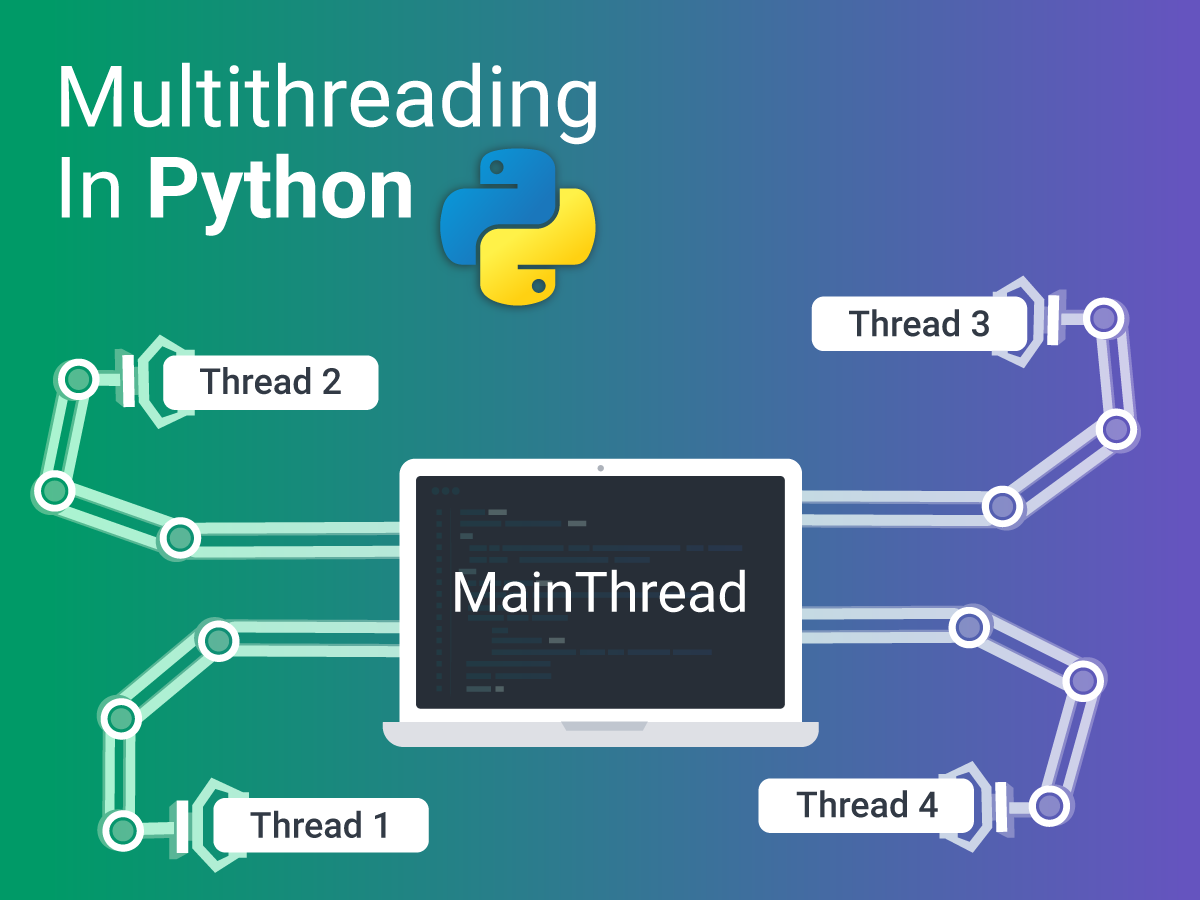
An Advantage and Disadvantage of Python: Multithreading
Python supports multithreading through the threading module, allowing multiple tasks to run concurrently. This can be helpful for I/O-bound tasks like network requests or file operations.
However, Python’s Global Interpreter Lock (GIL) limits true parallelism for CPU-bound tasks — only one thread can execute Python code at a time.
Best practices for developers:
-
For I/O-heavy applications → Use
threadingorasyncioto handle concurrency efficiently. -
For CPU-intensive tasks → Use the
multiprocessingmodule to bypass the GIL and take advantage of multiple cores. -
Always consider potential pitfalls like race conditions and deadlocks when working with threads.
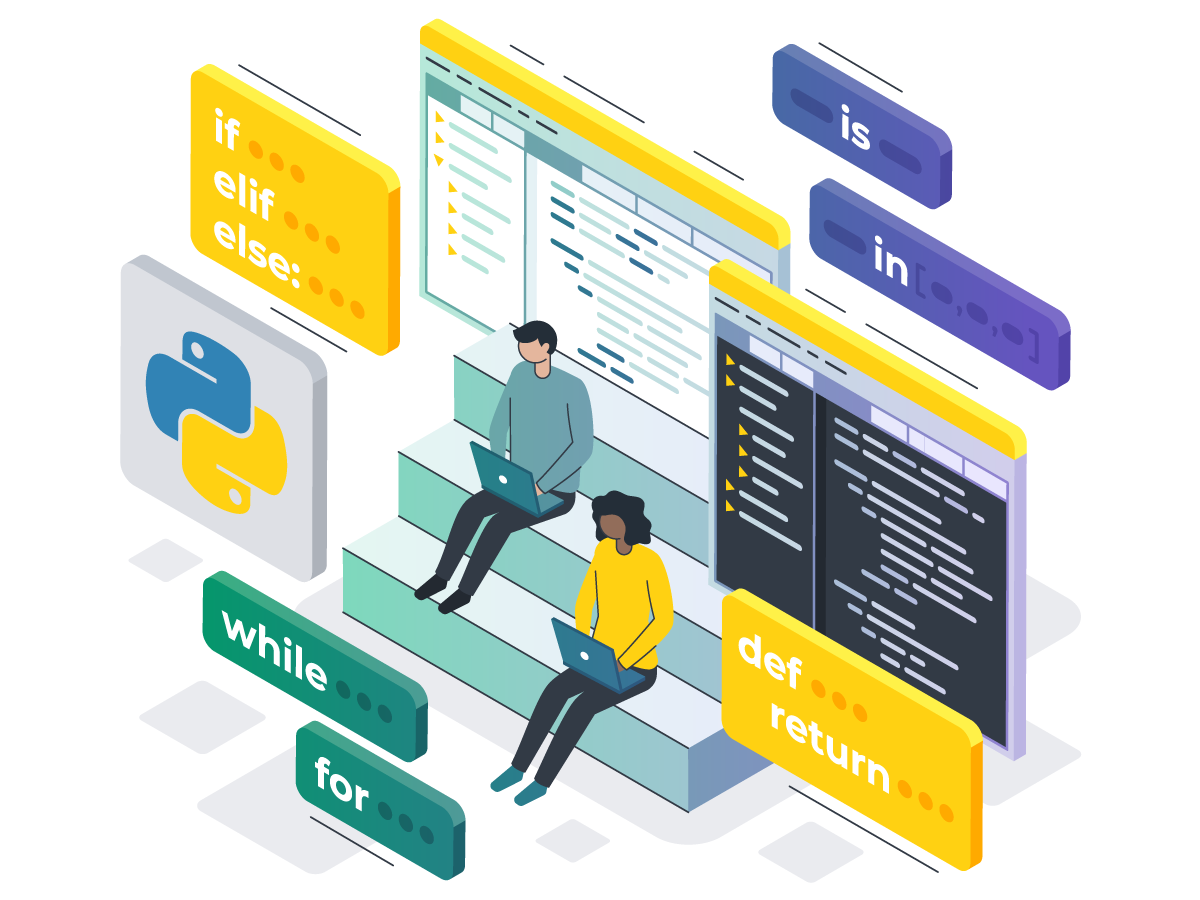
An Advantage and Disadvantage of Python: Interpreted Language
Python is an interpreted language, which means you can run your code directly without compiling it first. This is beginner-friendly because you can:
-
Write code
-
Run it instantly
-
See results right away
This speeds up development and testing, making Python especially good for learning, prototyping, and experimenting.
Trade-off:
-
Interpreted languages are generally slower than compiled ones like C or Go, especially for performance-heavy applications.
-
Some runtime errors (e.g., type mismatches) aren’t caught until the code is executed, so testing is important.
For learners, though, Python’s interpreted nature makes it much easier to start coding quickly without worrying about build processes.
Frameworks
| Framework | Core Features | Examples |
|---|---|---|
| Django | ORM mapping, URL routing, ready-to-use libraries | Instagram, Spotify |
| Flask | Built-in development server, debugger, integrated testing support | Netflix, Lyft |
| Pyramid | Flexible and scalable architecture, URL dispatch, pluggable views | Mozilla, Yelp |
| web2py | Full-stack framework, simplified web development, security features | NASA, NASA OpenMCT |
| FastAPI | High-performance, modern, and easy-to-use API development | Microsoft, Uber |
| Bottle | Dynamic URL routing, built-in template engine | Total Recall VR |
| CherryPy | WSGI compliant, powerful configuration system | Juju, Hulu |
Libraries
| Library | Description |
| TensorFlow | An open-source library for neural networks and deep learning. |
| Pandas | A fast, lightweight library for data analysis and modeling. |
| NumPy | A popular mathematics library. |
| PyTorch | A machine learning library based on Torch, supporting computations, modeling, and graphing concepts. |
| Feature | |||||
| Type System | Static | Dynamic | Static | Dynamic | Dynamic |
| Object-Oriented | Yes | Yes | Yes | Yes | Yes |
| Functional Programming | Yes | Yes | Yes | Yes | Partial |
| Platform Independence | Yes | No | Windows Only | Web | Web |
| Garbage Collection | Yes | Yes | Yes | Yes | Yes |
| Popular Frameworks | Spring, Hibernate | Django, Flask | |||
| Performance | High | Moderate | High | Moderate | Moderate |
| Community | Large | Large | Large | Large | Large |
| Syntax Simplicity | Moderate | High | High | High | High |
| Learning Curve | Moderate | Low | Low | Low | Low |
| Database Integration | JDBC | SQLAlchemy | ADO.NET | N/A | MySQLi, PDO |
| Web Development | Yes | Yes | Yes | Yes | Yes |
| Mobile Development | Android SDK | Kivy | Xamarin | N/A | |
| Scripting | No | Yes | No | Yes | Yes |
Is Python Right for Your Next Project?
Python’s popularity comes from a combination of factors - simple syntax, a huge library ecosystem, and the flexibility to build everything from web apps and automation scripts to machine learning models and data-driven systems. It’s an excellent language for beginners because it’s easy to pick up, but it also scales well for more advanced, production-level projects.
That said, Python isn’t perfect. If you’re working on real-time systems, performance-heavy applications, or native mobile apps, you may run into limitations and need to explore alternatives like C++, Java, or Swift.
For most learners and developers, though, Python strikes a great balance between ease of use and capability. Whether you’re just starting out or looking to expand your skills, Python offers a foundation you can build on for years to come, and the community and resources to support you along the way.





